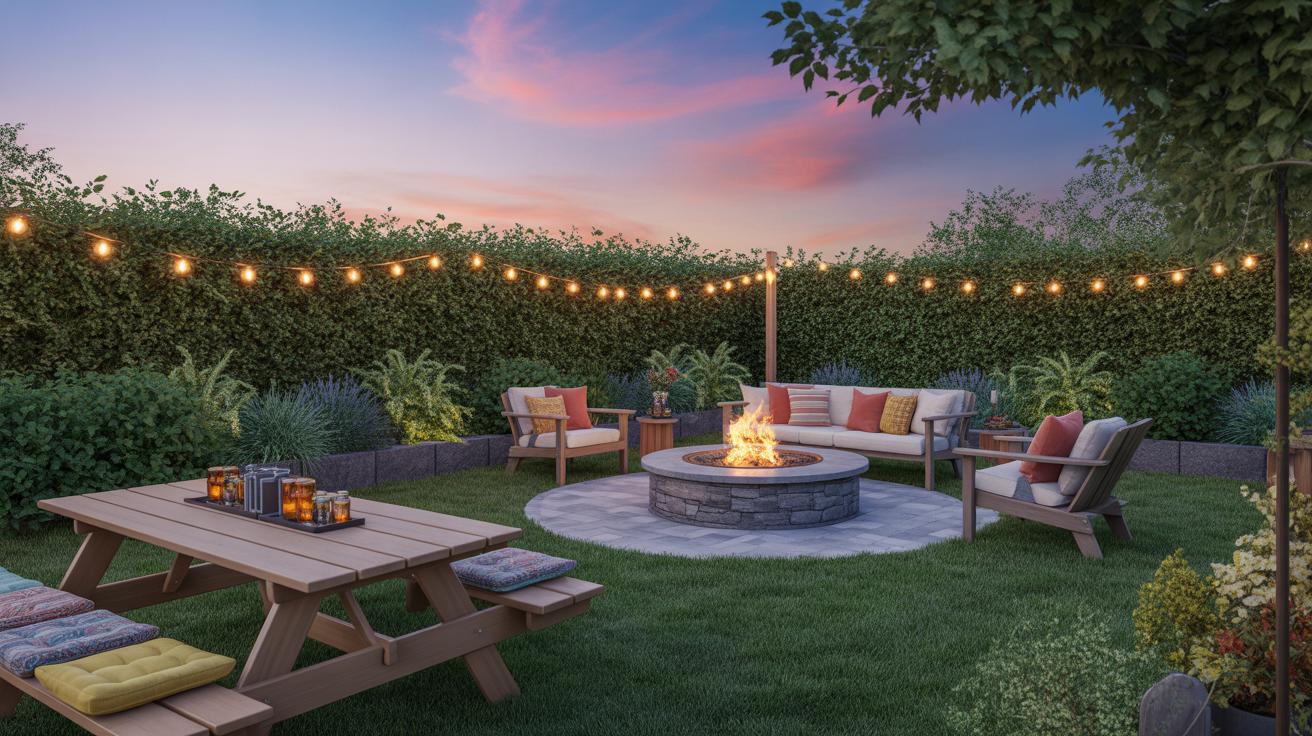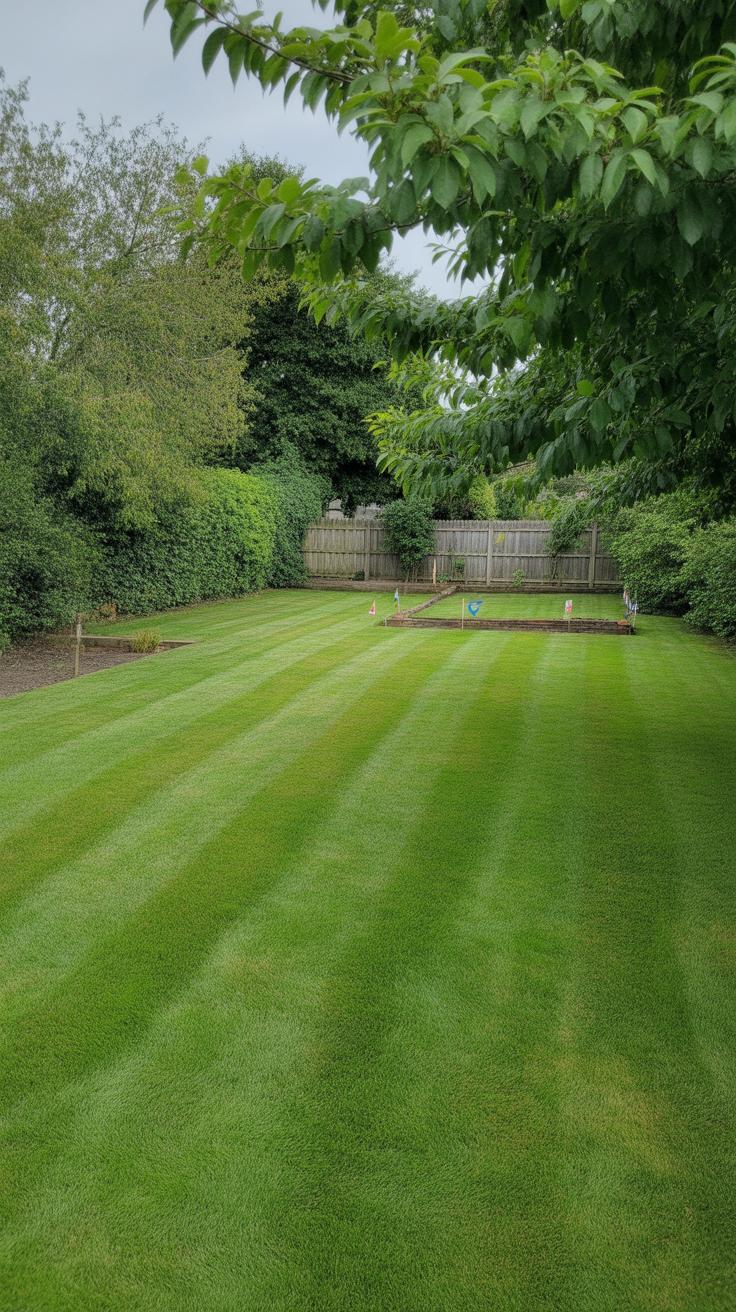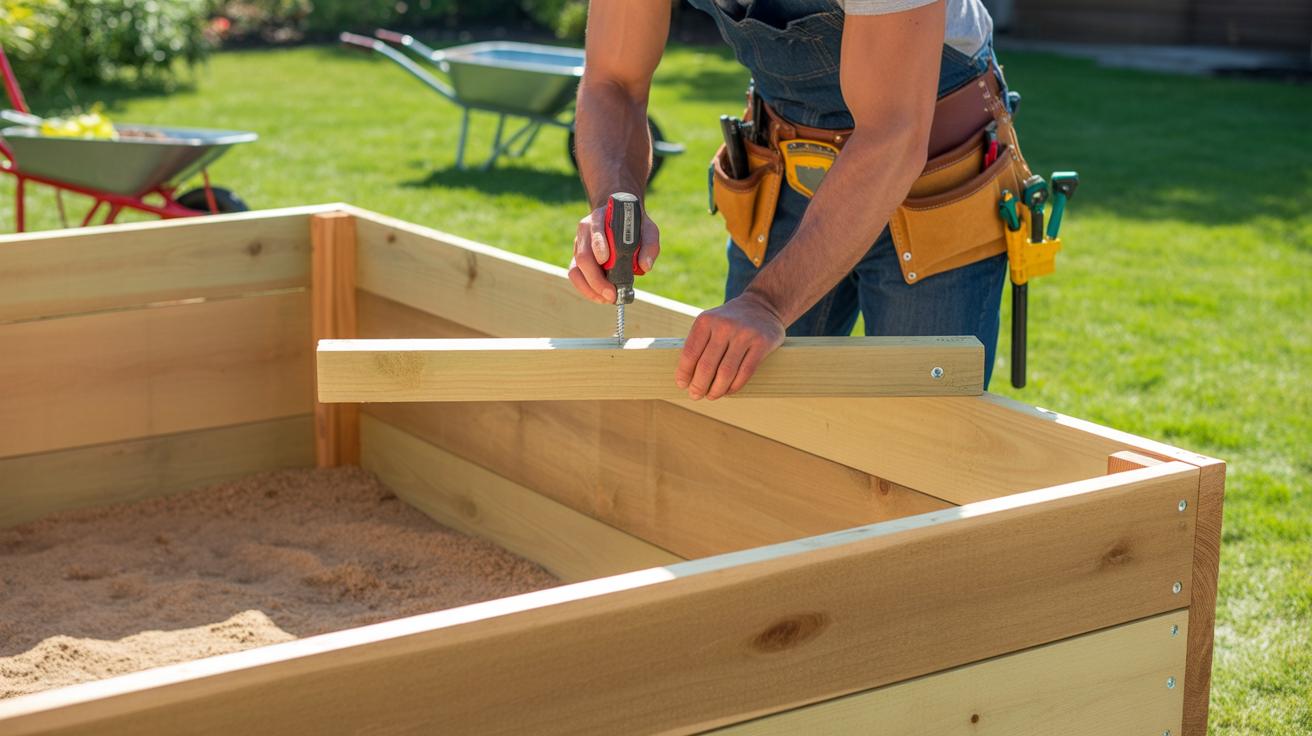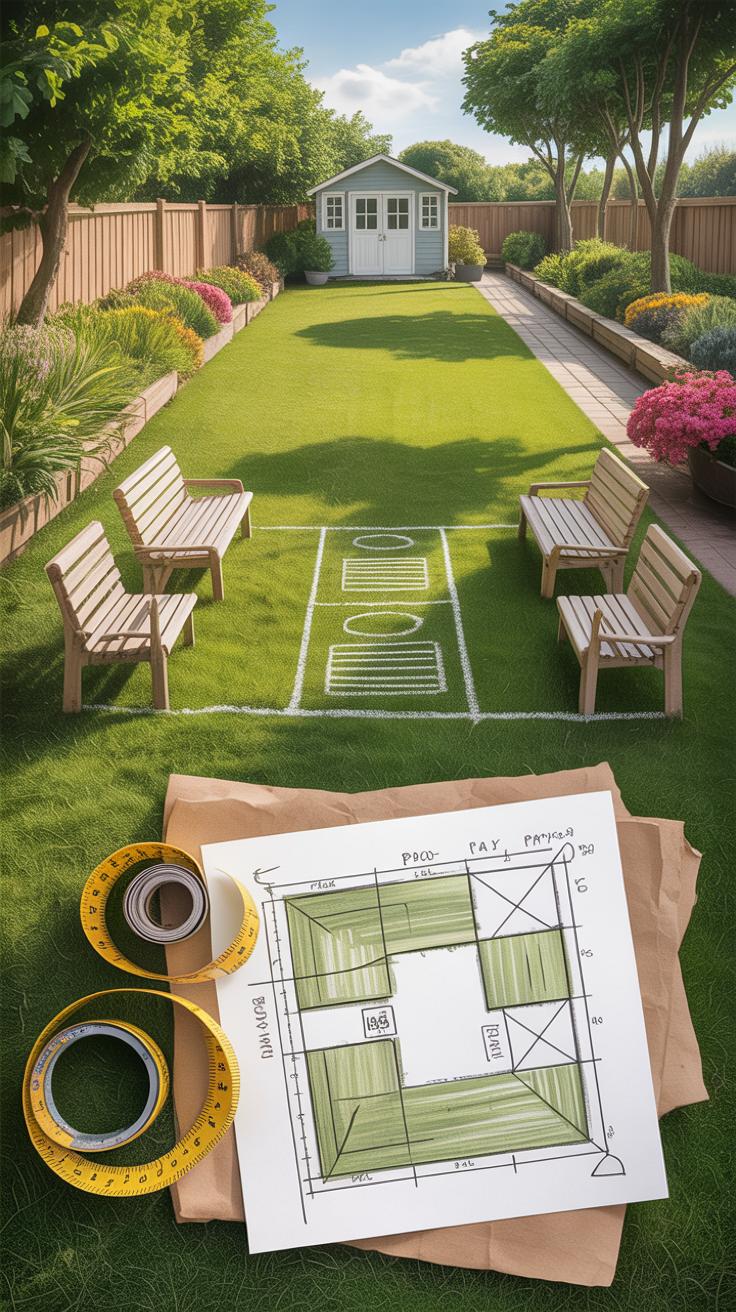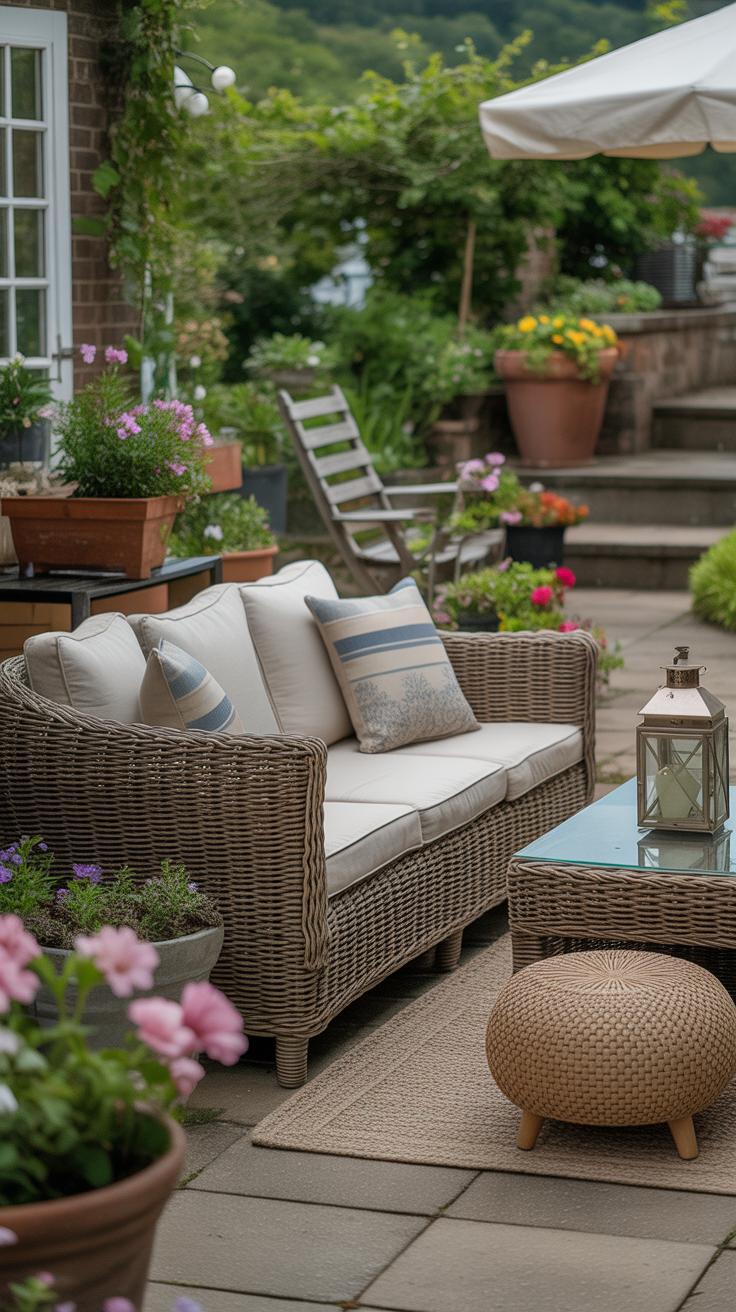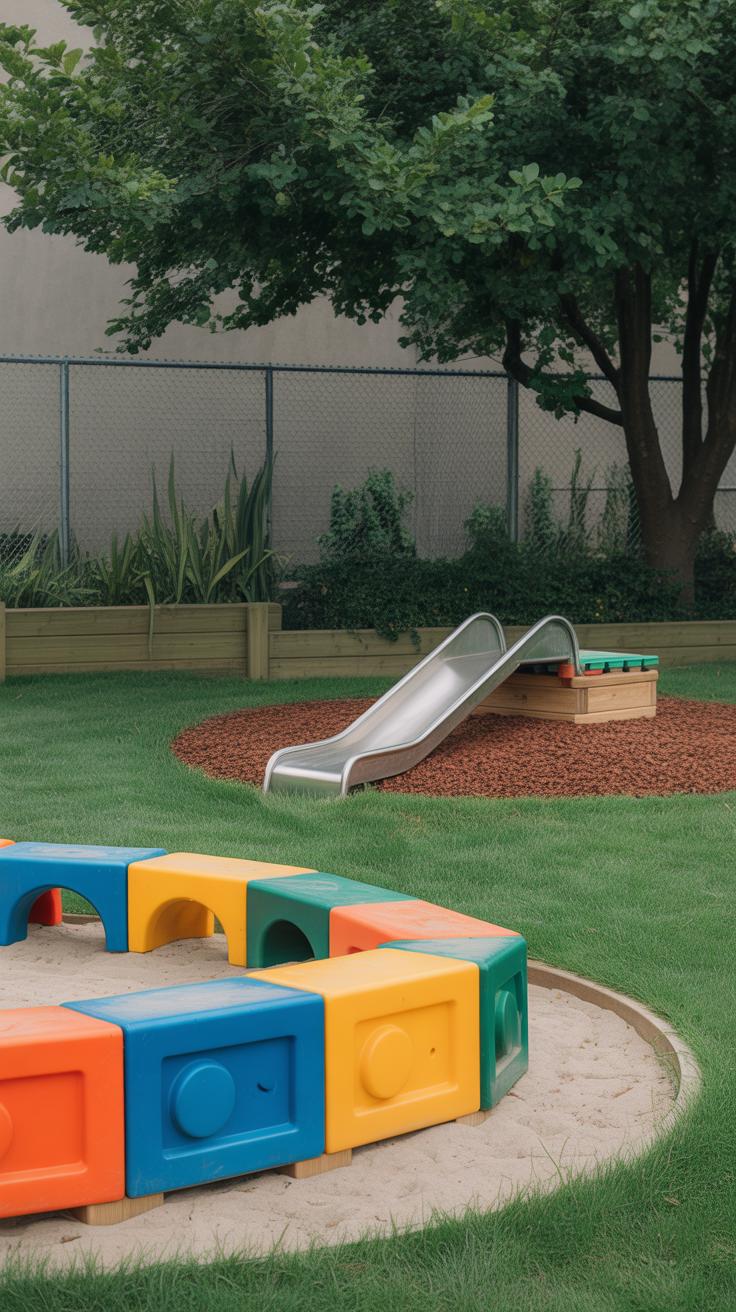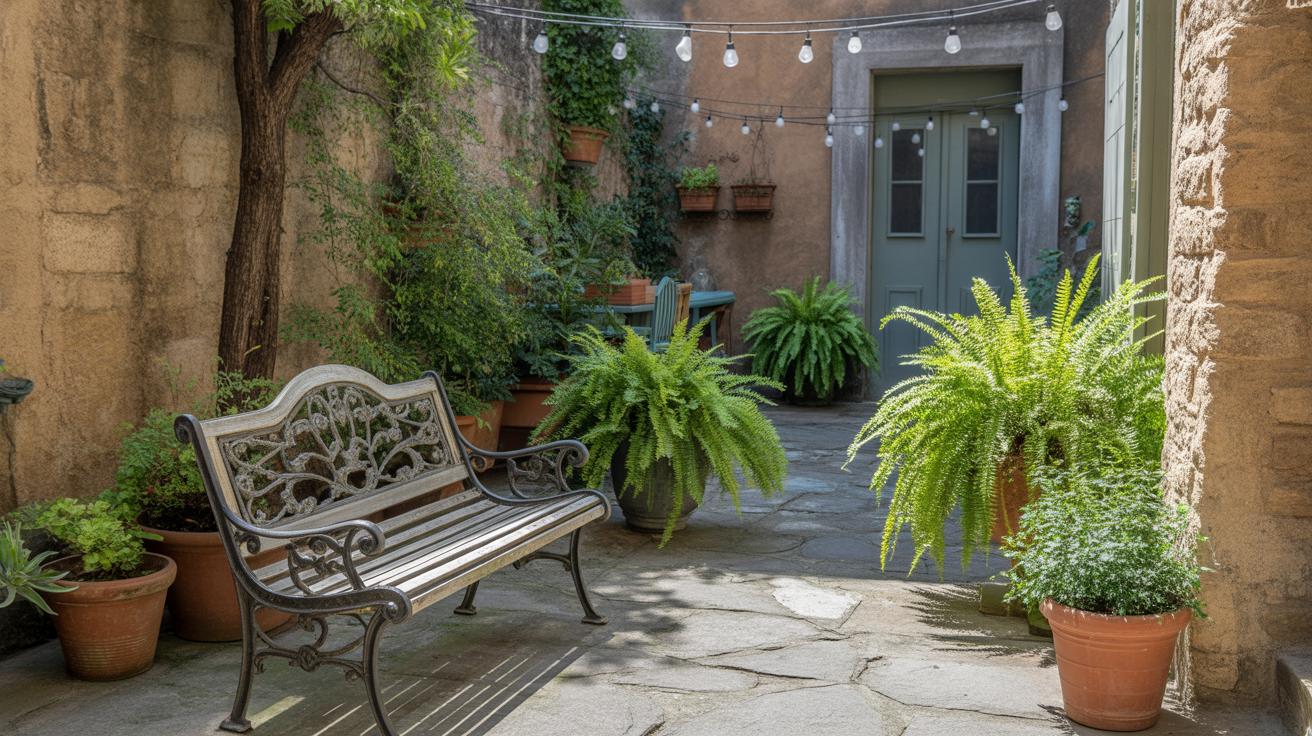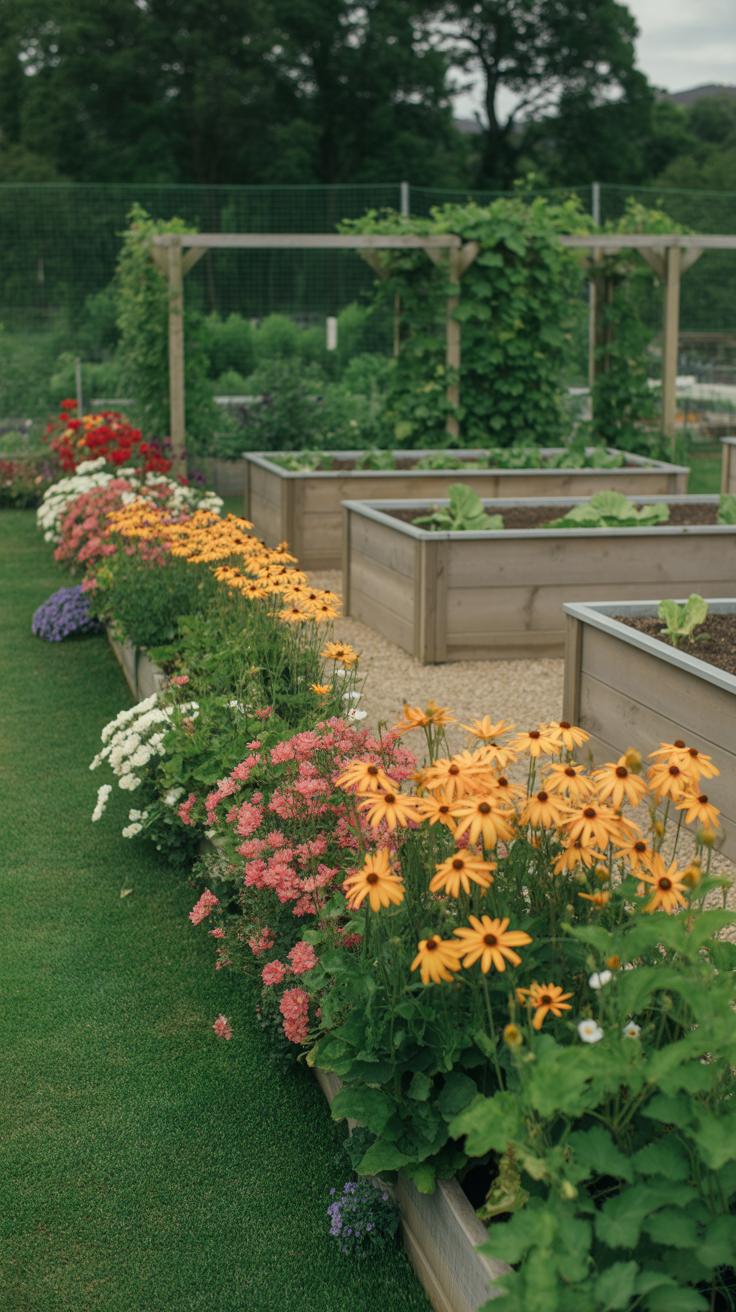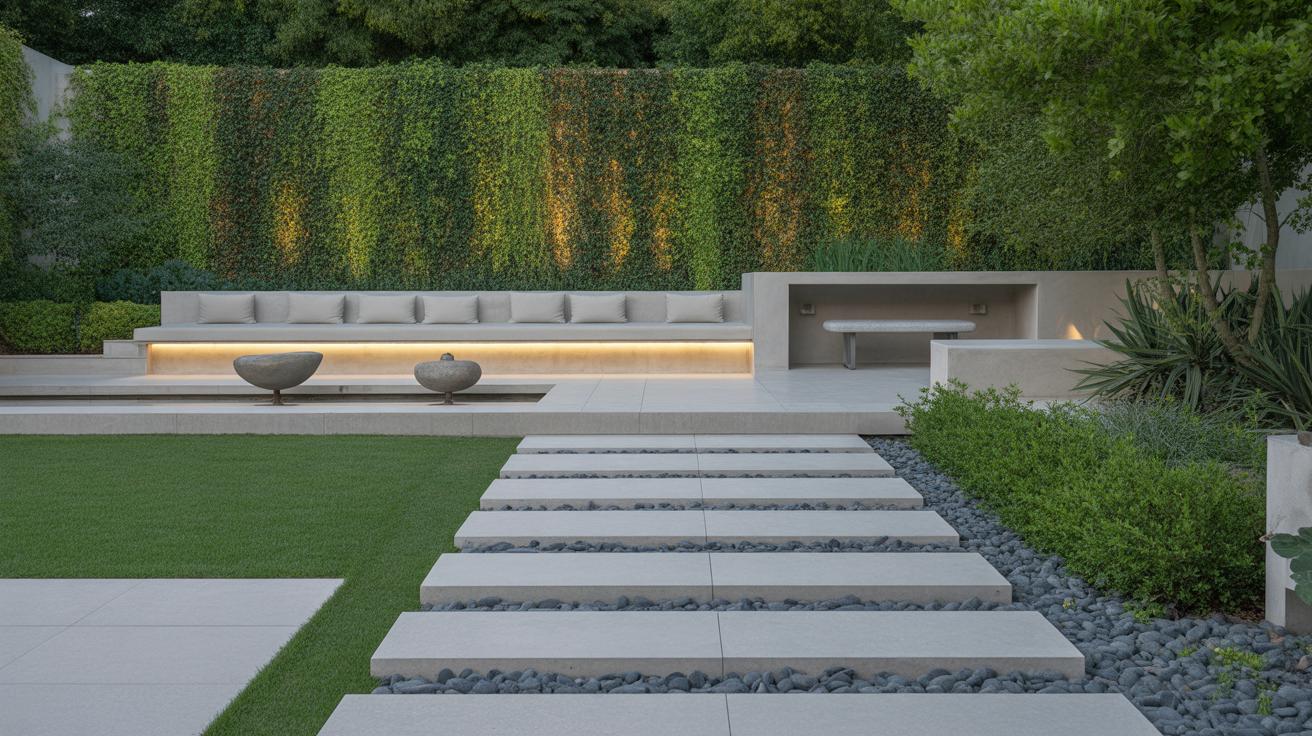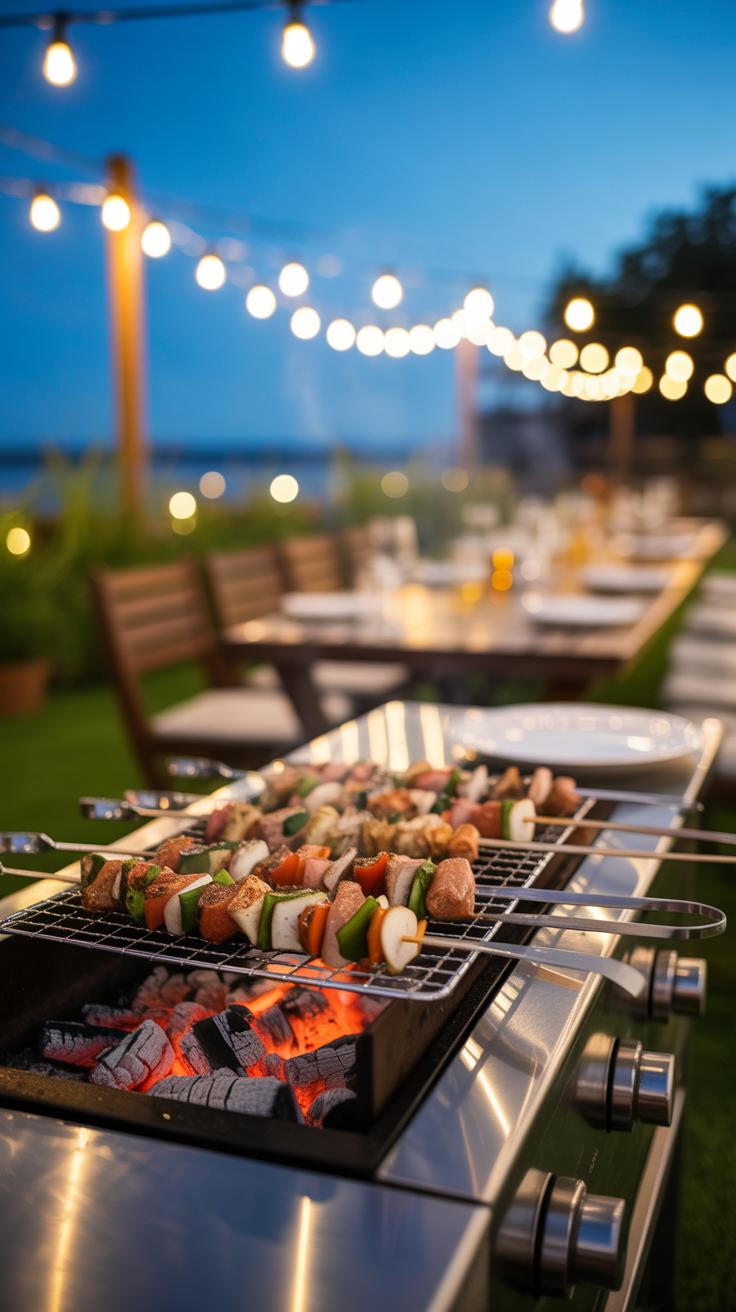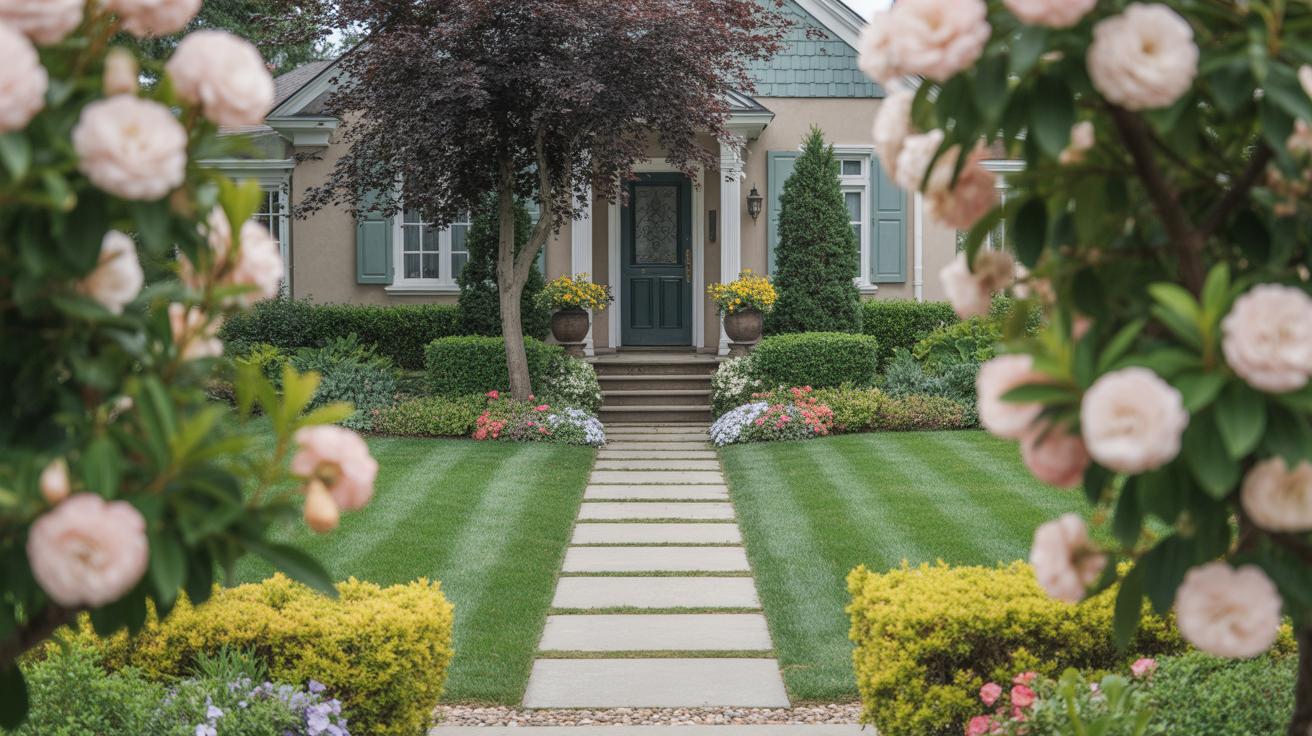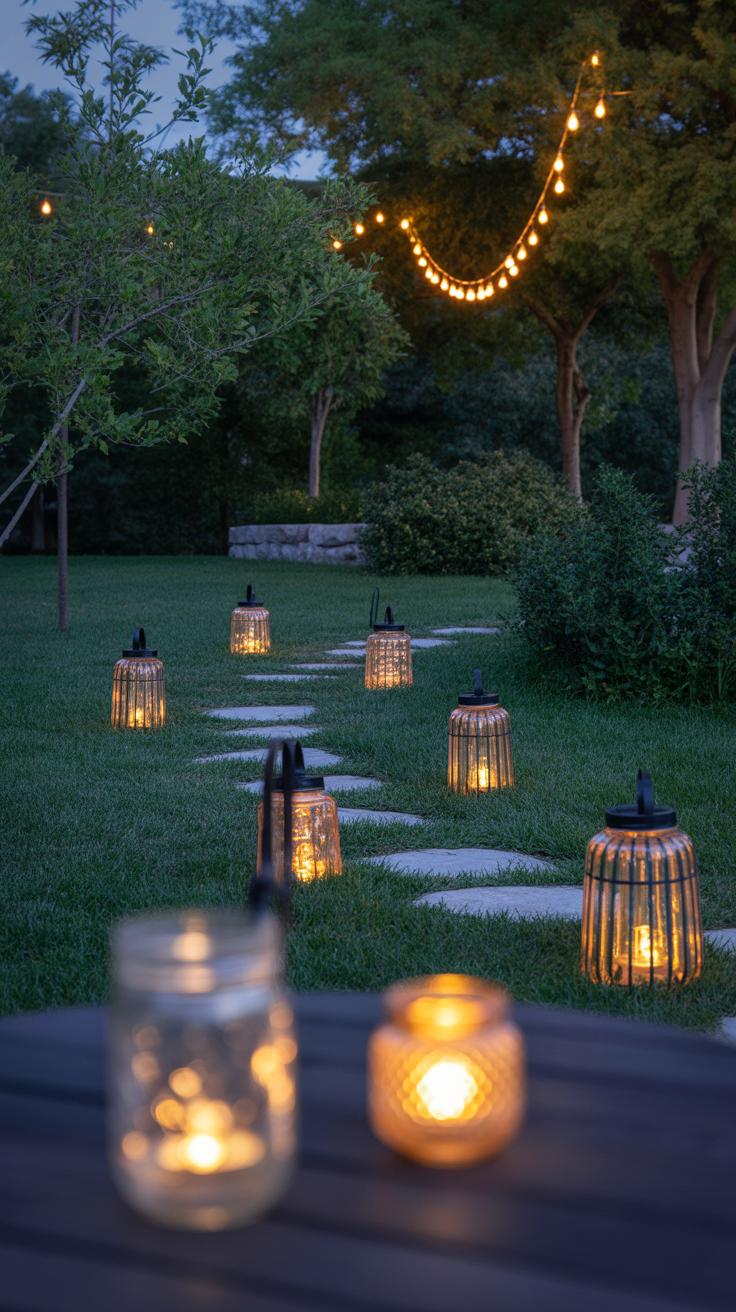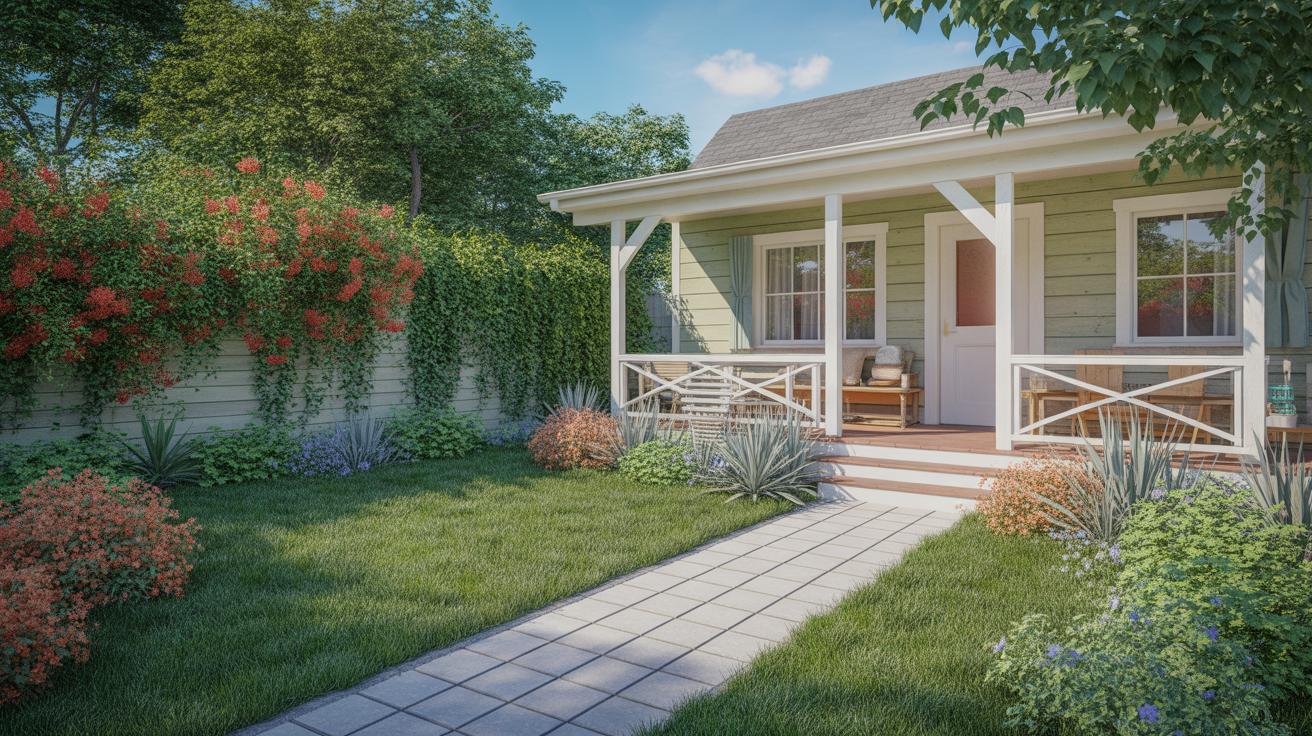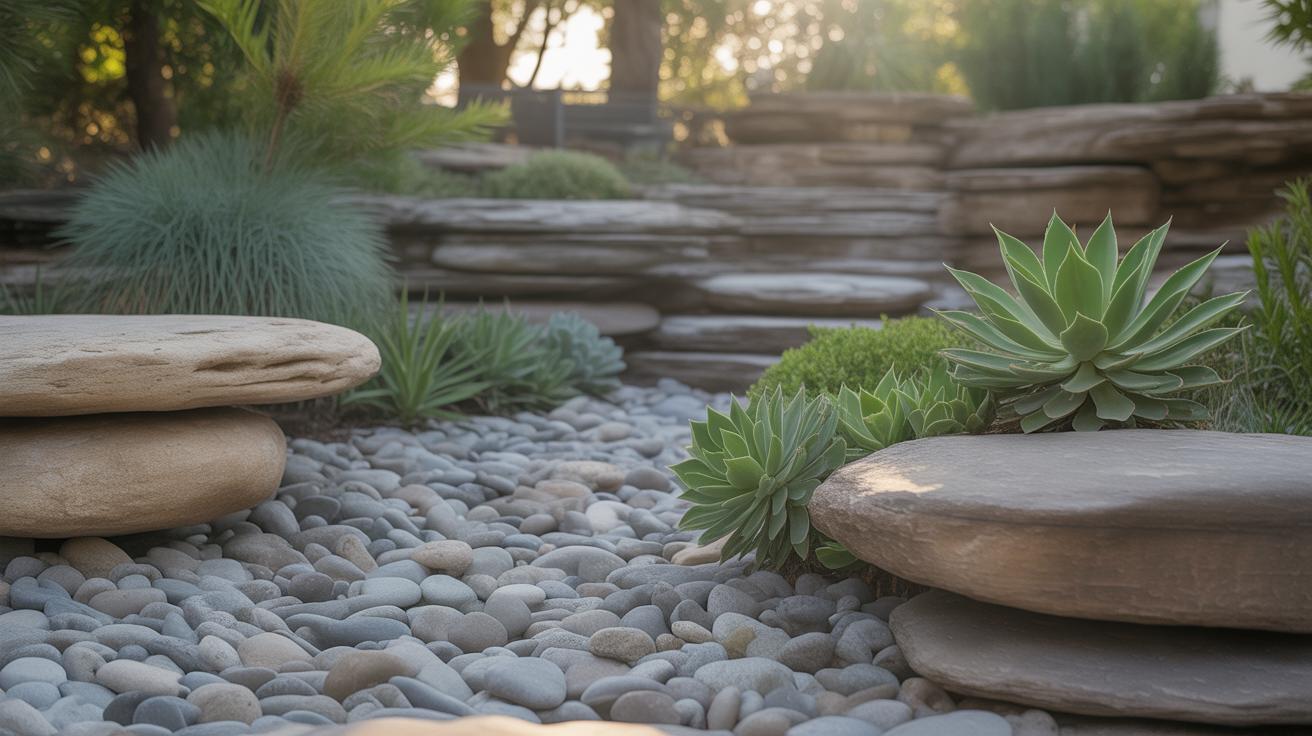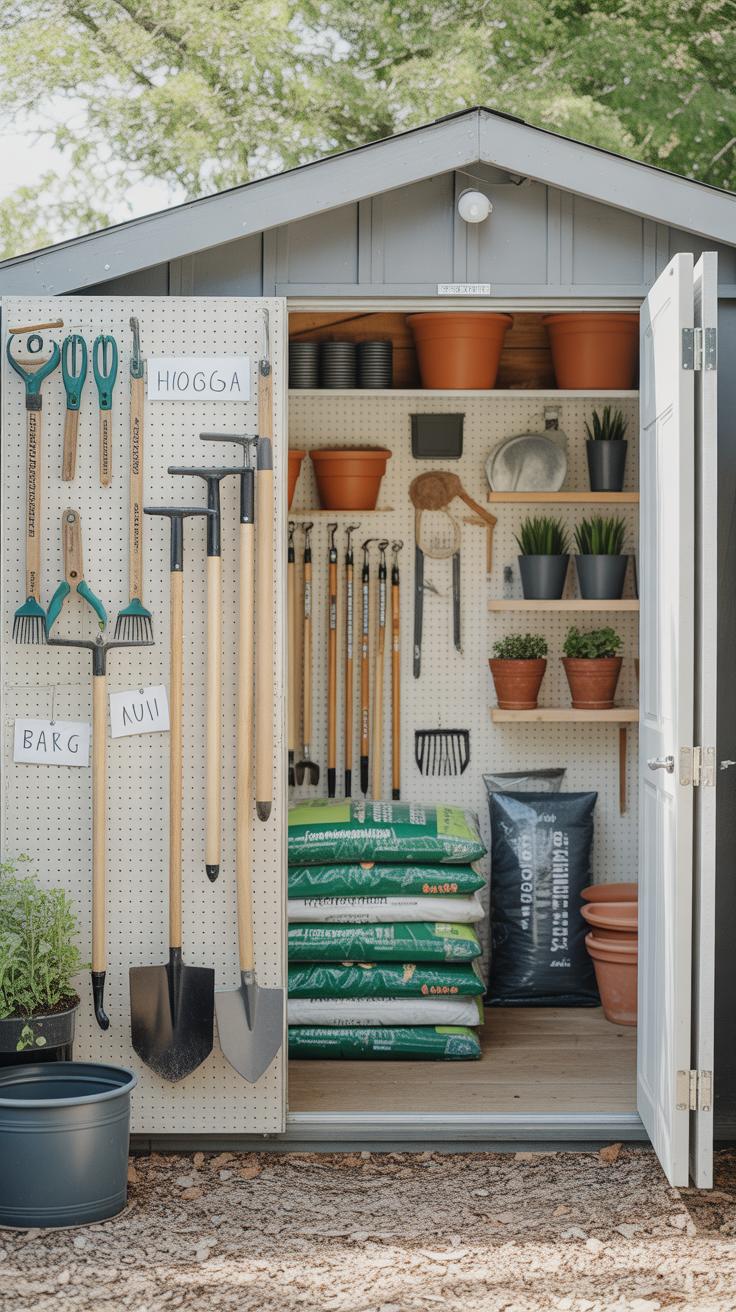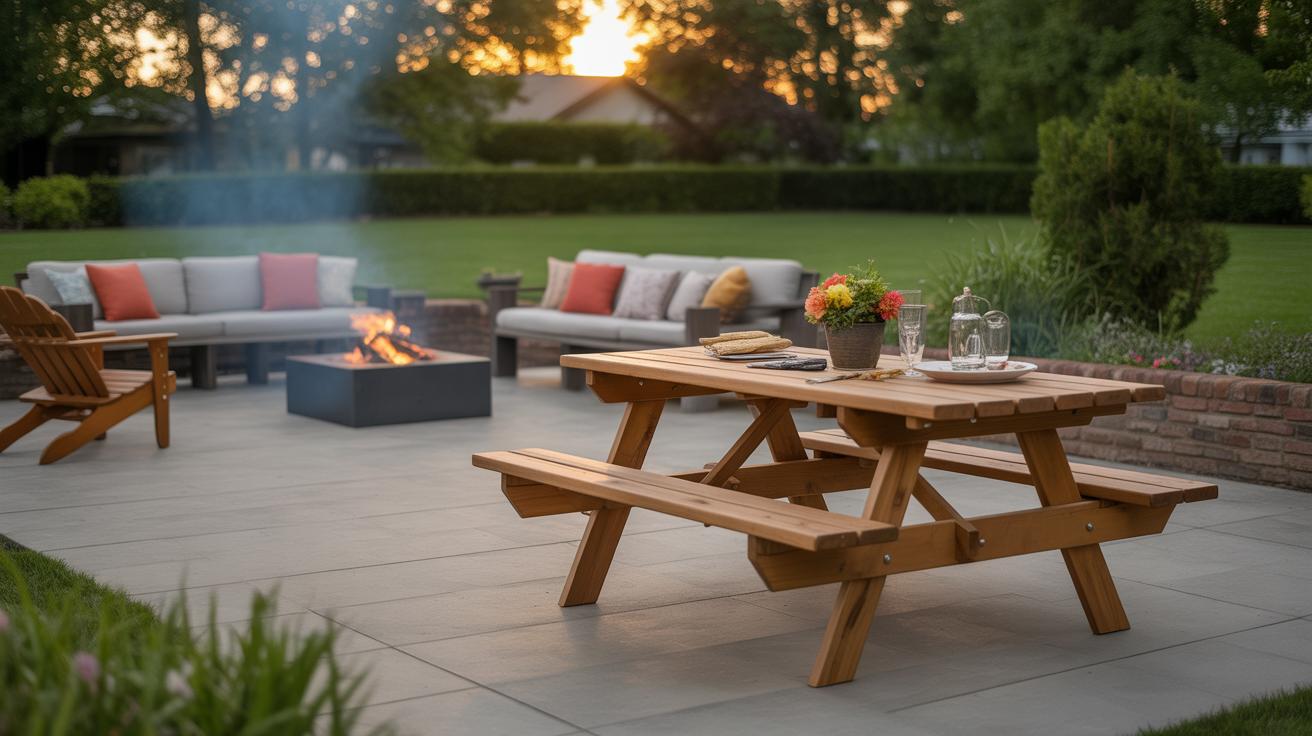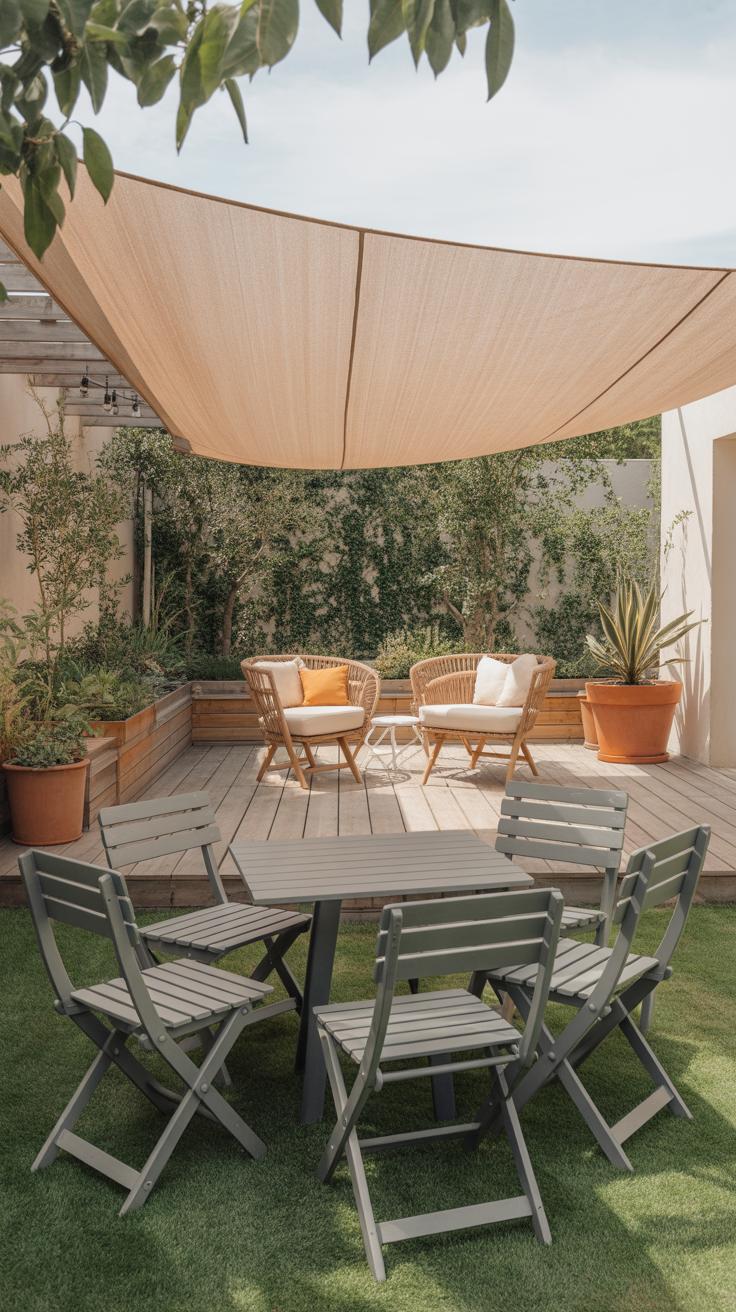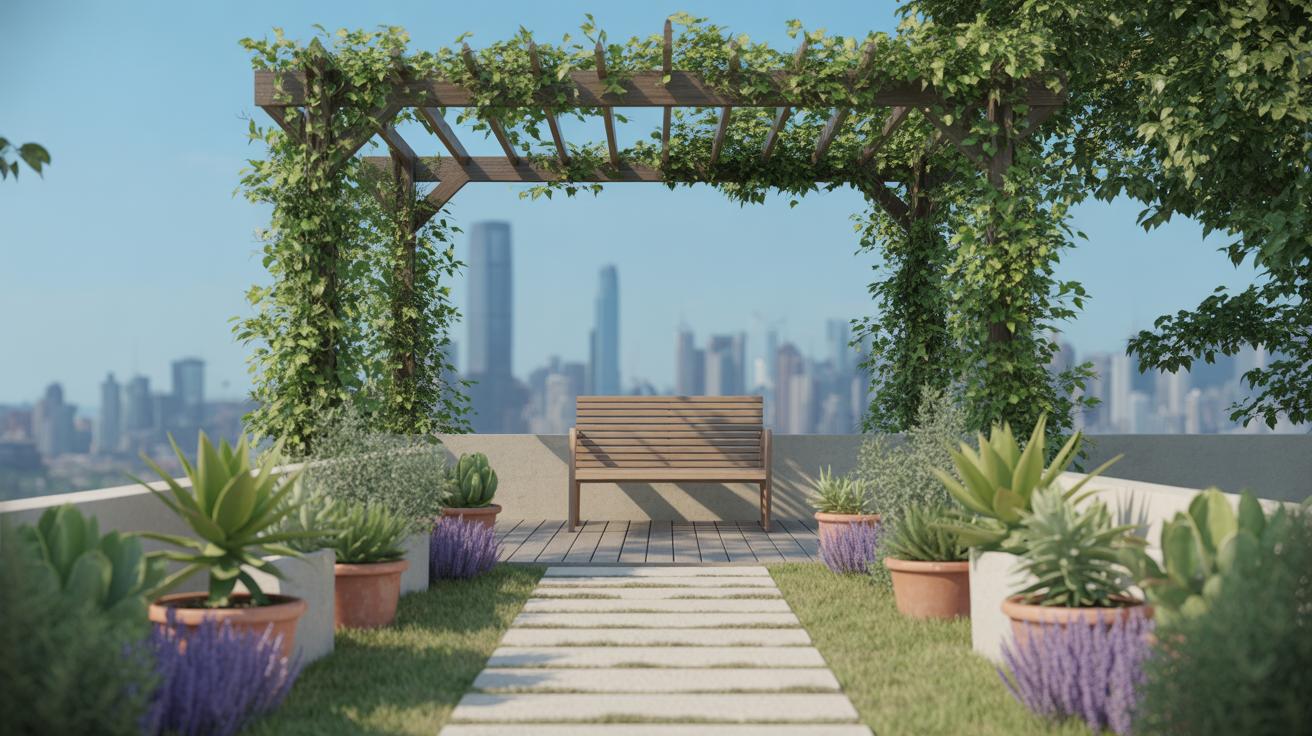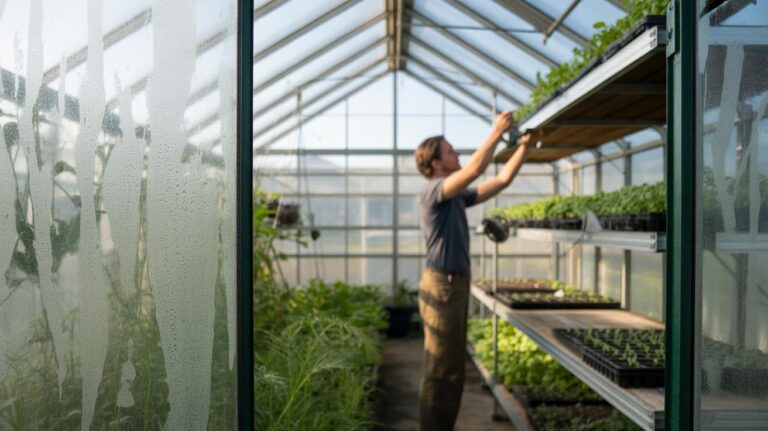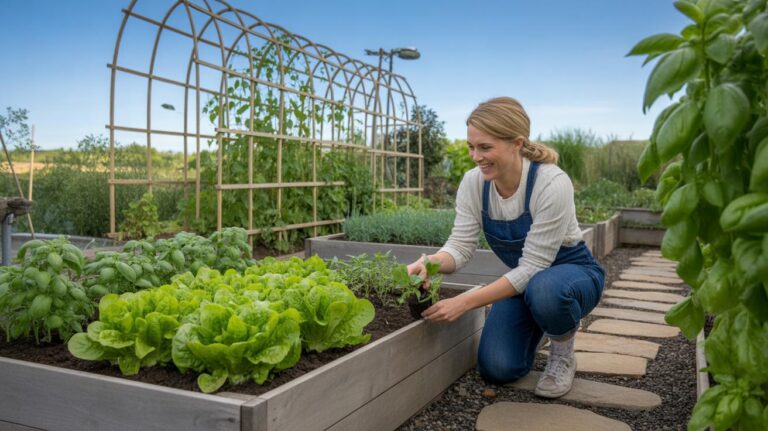Introduction
Your back garden can be a special place for your family. It offers a safe, quiet, and private space where you can relax, play, and enjoy time together. Designing a cozy back garden retreat tailored to your family’s needs can improve your outdoor living experience greatly. In this article, you will find guided ideas to transform your back garden into a comfortable retreat for family use.
We will explore practical ways to make your back garden inviting and functional. From creating play areas for kids to spots where adults can unwind, discover how to blend beauty and utility. By the end, you’ll have a clear plan to turn your garden into a favorite family hangout.
Understanding the Back Garden Space
A back garden typically refers to the outdoor area located at the rear of a home. Unlike front gardens, which face the street and are often designed for curb appeal, back gardens tend to be more private and functional. They usually have fences or hedges, creating a distinct sense of enclosure. This separation from public view makes the back garden especially suited for families, offering a safe and relaxed space where kids can play freely and adults can unwind without feeling watched.
Taking a moment to think about it, the back garden often becomes the heart of family life. It can host barbeques, outdoor games, or quiet reading corners. Unlike the front, where appearances might take precedence, the back garden invites comfort and practicality. It’s where you drop your guard—even if just a little—and live more naturally with your family. That distinction in privacy is key because it shapes how you use the space day-to-day.
What Makes a Back Garden Unique
Usually tucked behind the house, back gardens in suburban homes offer easy access from the kitchen or living areas, making them ideal for everyday use. Many have a simple layout: a lawn, a patio or deck, perhaps some flower beds, and room for garden furniture. You might find a shed, a play area for children, or even a vegetable patch.
This setup works well because it keeps outdoor activities close to the home’s core, creating a natural flow in and out. Families tend to use back gardens for all sorts of things—family dinners outside, kids riding bikes, or even quiet moments with a cup of tea. The design usually balances openness with sections that offer shade or shelter. I guess this mix of functionality and comfort lets the backyard adapt throughout the year.
Why Privacy Matters in Back Gardens
One of the main reasons back gardens matter for families is the privacy they provide. Unlike front gardens, which are often exposed to neighbors and passersby, back gardens shield you from the outside world. This privacy can encourage more relaxed family moments, where kids can be themselves without worrying about an audience, and adults can enjoy downtime without interruptions.
You might notice that this sense of solitude lets family life unfold in a more natural way. It creates a space where outdoor noise isn’t a problem because neighbors aren’t just steps away watching. It can even make you feel safer letting children roam or try out new activities. Sometimes you want to just sit quietly or host friends without the sense that everyone passing by is observing. This difference, subtle but powerful, is why many people consider the back garden their true family retreat.
Planning Your Family Comfortable Space
Assessing Your Garden Purpose and Needs
Start by asking yourself who will spend time in the garden. Is it mostly young kids running around, teenagers who might want some privacy, or adults aiming to relax? Maybe it’s all of these together, which complicates things a bit. When you know who uses the space, you can avoid making areas that one person won’t enjoy. For example, a sandpit might delight toddlers but annoy teenagers. Think about activities too—will the garden host dinners, quiet reading sessions, or active play? Jot these down. This helps avoid clutter and creates clear zones that feel natural rather than forced. I once had a garden dominated by a play area, but my partner wanted somewhere peaceful. Balancing that took trial and error, but it was worth it.
Considering Sunlight and Shade
Observe your garden throughout the day. Sunlight moves, sometimes fast, sometimes slow. You might find a spot that’s sunny in the morning but shaded by afternoon. Such changes impact where you place seating or play areas—kids won’t enjoy baking in full midday sun, and adults might avoid a chilly corner with no light. Don’t forget seasonal shifts; what feels warm in spring might get oppressive in July. See if natural shade like trees or fences can protect certain spots. Or maybe a pergola or shade sail is needed. I try to keep play areas in sunniest parts and seating zones where shade is nearby, but the exact mix can vary. It can feel like guessing at first, but watching the sun helps you figure it out.
Creating FamilyFriendly Seating Areas
Choosing the Right Furniture
Picking outdoor furniture for the whole family isn’t always straightforward. You want pieces that can handle frequent use—think spills, roughhousing, and the occasional forgotten snack. Materials like teak or metal often stand up well, and synthetic wicker can be surprisingly durable too. Cushions? Go for quick-drying, stain-resistant fabrics. You might want a few extra cushions around, just in case younger kids want to lounge or build impromptu forts. Also, the furniture should be easy to move or rearrange because family needs change—from dinner to playtime.
Placement Tips for Comfort and Practicality
Placing seating in the garden involves a bit of thinking about light and weather. A spot that catches morning sun can warm chilly days, but you might want some shade come afternoon. Positioning chairs near garden features like a tree or wall can create natural shelter or windbreaks. Sometimes, what looks perfect on paper isn’t quite right when the sun shifts, so test different arrangements if you can. Think about paths and accessibility too—no one wants to trip over a table on their way to a barbecue. And seating areas near where kids play can help keep conversations flowing while keeping an eye on little ones.
Designing Safe Play Zones for Children
Setting up a safe play area in your back garden takes careful thought. You want your kids to run, climb, and explore—but without constant worry. Creating a dedicated zone helps make that happen. Try to choose a spot that’s visible from inside the house or from your usual seating area. That way, you can keep an eye on things without hovering.
When picking play equipment, thinking about age matters. Toddlers need different gear than older kids. For smaller children, consider low swings or soft climbing blocks. Older ones might enjoy bigger slides or even a small treehouse. It’s easy to get excited about fun toys, but the safer and simpler options are usually better for long-term use.
Now, safety isn’t only about gear. The surface beneath counts a lot. Soft ground covering like rubber mulch, sand, or pea gravel cushions falls much better than hard soil or concrete. And don’t forget fencing. A proper fence can prevent wandering off and keeps pets from crashing the playtime party. So, even if it feels a bit like a mini project, these boundaries help create a spot where kids feel both free and secure.
What’s your own experience with play zones? Did you ever worry about certain toys or spaces? Finding that balance between fun and safety isn’t always straightforward, but your garden can become a spot everyone—parents included—can relax about.
Incorporating Plants and Gardens
Adding greenery to your back garden does more than just make it look nicer. It can create natural shade on hot days and even give your family fresh herbs or veggies to enjoy. I’ve noticed kids get more interested when they can actually see things growing—there’s something about watching a seed turn into food that pulls everyone outside.
When choosing plants for a family garden, think about safety and ease. Pick plants that won’t cause irritation if touched or tasted. Some good options are sunflowers, marigolds, and lamb’s ear, which are soft and usually safe around kids and pets. Low maintenance plants like lavender or grasses can add beauty without needing constant care—something that busy families appreciate, I believe.
Starting a vegetable patch with your family can feel a bit intimidating, but it doesn’t have to be. You might start small: try tomatoes in pots or a few radishes in a raised bed. It teaches patience and responsibility, plus it’s rewarding when you eat what you’ve grown together. Remember to keep it simple and fun rather than perfect. What’s your favorite vegetable to grow? Sometimes that question alone can get everyone involved.
Setting Up Outdoor Dining and BBQ Areas
Creating a space for family meals outdoors means thinking beyond just placing a table in the garden. You want comfort and practicality, but also ease of use. When picking dining furniture, look for pieces that can handle weather changes but still feel inviting. Materials like treated wood or metal work well. Plastic might seem low-maintenance but may not hold up as nicely over time, especially with kids around.
Chairs with cushions are great but try to choose ones with removable, washable covers—trust me, there will be spills. If space is tight, consider foldable or extendable tables. They save room but still offer enough surface for plates, drinks, maybe even games.
For the barbecue, safety can’t be overlooked. Position it away from any overhanging branches or flammable materials. You’d want enough clearance—not too tight against a shed or fence. Think about wind direction too, so smoke doesn’t blow right onto your guests or house windows. Placing it on a solid, non-flammable surface is key; if your garden is mainly grass, a stone or concrete slab beneath is a smart move.
Also, keep some distance between the dining area and your grill spot, so the heat and smell don’t interfere with your meal—or worse, burn anyone accidentally. Ever had someone sidestep around a hot grill? Not the smoothest moment. You might even want a small prep table nearby for utensils and plates, so everything stays organized during cooking.
Does your family have particular needs during mealtime? Maybe little ones who need extra space for their cups or teens who prefer sit-down dinners. Adjust seating and BBQ placement accordingly. After all, this space is for everyone, so a bit of trial and error is okay to find what works best.
Adding Lighting for Evening Enjoyment
Extending the time you can spend outside after the sun goes down really changes how you use your back garden. A well-lit space invites family gatherings, quiet moments, or playful nights without rushing indoors at dusk. Lighting doesn’t just stretch the evening hours—it sets a mood. Soft glows calm the space, while brighter lights keep things lively and safe. I’ve found that even when the kids started playing hide and seek after dark, the garden felt welcoming rather than intimidating.
Types of Garden Lighting
There’s a surprising variety of lighting that suits family gardens. Solar lights are easy to install—just pop them in the ground, and they charge by day to shine by night. String lights can be hung around patios, pergolas, or trees to add a gentle, twinkly effect. Lanterns, whether electric or candle-powered, bring a cozy touch to seating areas or pathways.
- Solar lights: low maintenance, energy-saving, but might dim on cloudy days.
- String lights: versatile, decorative, and can be adjusted to fit different areas.
- Lanterns: portable and charming, though candles need careful supervision.
Each type offers different vibes and practical benefits, so choosing what fits your family’s routine and space is key. Sometimes you want just enough light to talk comfortably; other times, bright paths help kids avoid tripping on toys left outside.
Safety and Functionality with Lighting
Placing lights well makes all the difference. Lights along paths prevent stumbles and signal where it’s safe to walk. Around steps, brighter fixtures help avoid accidents. Pay attention to how shadows fall; sometimes, a single poorly placed light can leave spots dark enough for a toddler to trip.
Consider wiring or power sources early, too. Solar lights mean less fuss with cables, but they don’t always deliver consistent brightness. If you rely on plugs, make sure cords aren’t stretched across walkways or play areas. I’ve tripped over a few cables before learning this—so yeah, it’s worth the extra planning.
Ultimately, lighting should feel natural, not overwhelming, and keep everyone moving freely through the garden after dark. Isn’t it nice when a simple string of lights transforms an ordinary evening into something a bit more memorable?
Organizing Storage and Garden Maintenance
Choosing Storage Solutions
Finding the right storage for your garden tools and kids’ toys can feel a bit tricky, especially when the whole family uses the space. A shed is usually the go-to, but depending on your garden size, a bulky structure might not fit well or could take up too much room. Maybe a compact, vertical shed or a lean-to style tucked against a fence works better for your situation. They save space and still hold a surprising amount.
Storage boxes made from weather-resistant plastic or wood can also be great, especially when placed near seating or play areas. You can even use benches with built-in storage—practical and a bit more stylish than a plain box. Think about what you’ll need most often and keep that within easy reach, while less-used items can go in larger storage further away.
Simple Maintenance Tips
Keeping a family garden tidy doesn’t need to feel like a chore. A quick daily sweep of leaves or scattered toys can prevent buildup. Setting up a small compost bin for garden waste nearby cuts down on trips to the curb and helps nourish your plants naturally.
When it comes to plants, choosing low-maintenance varieties might save you time but don’t overdo it—you still want some seasonal interest. Regularly trimming back overgrown shrubs and deadheading flowers can be done in short bursts over several days instead of a marathon weekend session. If you’ve got kids, involving them in simple tasks like watering or clearing their toys teaches responsibility and keeps the area neater.
Consider this: how much time do you realistically want to spend maintaining your garden each week? Tailor your storage and upkeep options to that, and you might just find it easier to enjoy your outdoor retreat without feeling overwhelmed.
Creating MultiUse Spaces for Flexibility
Designing your back garden with flexibility in mind means thinking beyond a single purpose for each corner. Spaces that can switch between uses make family time easier and more enjoyable. For example, a lawn area might serve as a play zone during the day but turn into a quiet reading nook by evening.
Portable furniture plays a big role here. Folding chairs, stackable stools, or lightweight tables let you rearrange quickly. Picture moving a small table with wheels closer to the shade for your morning coffee, then rolling it away to create room for the kids’ games. Even an outdoor storage bench can double as seating and a toy box.
Try considering these flexible uses for your space:
- Morning yoga or stretching followed by casual family meals
- Pop-up gardening spots that turn into picnic areas
- Sports or board games that give way to evening relaxation spots
- Temporary shade canopies that shift from play protection to party settings
When was the last time you tried rearranging your garden furniture just to see what works? Sometimes, a small change can open up new possibilities—though other times it feels like starting over. Either way, having flexible areas invites experimentation and adapts to how your family’s needs evolve.
Conclusions
Your back garden holds great potential as a family retreat. Keeping the space welcoming and practical can strengthen your bond and create joyful moments. Thoughtful design choices allow everyone to find their special place, whether for play, rest, or gathering.
Use the ideas shared here to craft your own backyard sanctuary. Even small changes can make a big difference. With some effort and care, your garden will become a cherished spot that every family member enjoys day after day.

